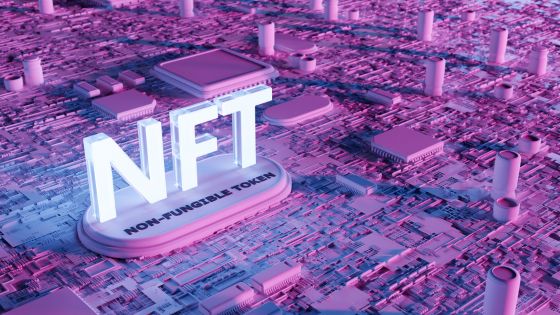If you’re interested in the world of cryptocurrency, you may have heard of something called NFTs. NFTs, or non-fungible tokens, are a type of digital asset that represent ownership of unique items, such as artwork, music, or collectibles.


Ethereum is a popular blockchain platform that is commonly used to create and trade NFTs. But as the popularity of NFTs grows, it becomes increasingly important to build scalable marketplaces that can handle the volume of transactions that occur on a daily basis. If you are looking to build an NFT marketplace, we recommend you to book a free consultation call with Techwink Services.
So, how can you build a scalable NFT marketplace with Ethereum?
Here are a few things to keep in mind to build a scalable NFT marketplace with Ethereum:
Choose the right infrastructure: When building a scalable NFT marketplace, it’s important to choose an infrastructure that can handle a high volume of transactions. Ethereum’s Layer 2 solutions, such as Optimism and Arbitrum, are good options to consider. These solutions allow for transactions to be processed off-chain, which can significantly reduce transaction fees and improve the speed of the platform.
Develop a user-friendly interface: In addition to the technical infrastructure, it’s important to design a user-friendly interface that makes it easy for people to navigate and use your marketplace. This may include features such as search filters, sorting options, and clear pricing information. A simple and intuitive user interface can help attract more users to your platform.
Implement smart contract functionality: Smart contract functionality is another important consideration when building an NFT marketplace. Smart contracts are essentially self-executing programs that can be used to automate certain aspects of the marketplace, such as the creation and distribution of NFTs. This can help to reduce the need for manual intervention and streamline the process of buying and selling unique digital assets.
Ensure security and transparency: Security is always a top priority when it comes to blockchain technology. Your NFT marketplace should be designed with security in mind, to protect users’ assets and prevent fraud. Additionally, transparency is important so that users can trust that they are getting what they paid for. This may include features such as multi-factor authentication, data encryption, and regular security audits.
Encourage community participation: A strong community can help your NFT marketplace thrive. Encourage community participation through social media, forums, and other channels. This can help increase awareness of your marketplace and attract more users.
Offer incentives and rewards: Incentives and rewards can be a great way to encourage users to participate in your NFT marketplace. This could include rewards for referring new users, discounts on transaction fees, or even special access to exclusive NFTs.
Consider interoperability with other blockchains: Interoperability refers to the ability of different blockchains to communicate with each other. By designing your NFT marketplace to be interoperable with other blockchains, you can potentially increase the reach and accessibility of your platform.
Monitor and adapt to changes in the market: The world of NFTs is constantly evolving, with new trends and technologies emerging all the time. It’s important to stay up-to-date with these changes and adapt your marketplace as needed to ensure that it remains competitive and relevant.
Managing the high volume of transactions: One of the key challenges in building a scalable NFT marketplace is managing the high volume of transactions that can occur. This is where Ethereum’s Layer 2 solutions come into play. These are essentially secondary blockchains that are built on top of the main Ethereum blockchain, allowing for faster and more efficient transactions.
Conclusion
Building a scalable NFT marketplace with Ethereum is a complex process that requires careful planning and attention to detail. However, by following the best practices outlined above, you can create a platform that attracts a wide range of users and helps to facilitate the growth of the NFT ecosystem as a whole. You can also take Professional NFT marketplace development services from NFT marketplace experts for developing a scalable NFT marketplace with Ethereum.






















